Aesthetic principles
Aesthetic principles_graphic design
Aesthetic principles apply across fields.
Whether it’s photography, graphic design, or industrial design, the same fundamentals—unity, contrast, focal point, balance—guide how we create and perceive form. Gestalt principles and composition rules aren’t limited to one discipline; they’re universal tools for shaping clarity, impact, and meaning in any design context.
Take time to study how design leverages visual perception principles to highlight form and stance with subtle detail.
Elegance is not the sum of visual details,
but the quiet interplay of
structure, spacing, and hierarchy.
the rhythm of structure, the breathing space between elements, and the hierarchy of information.

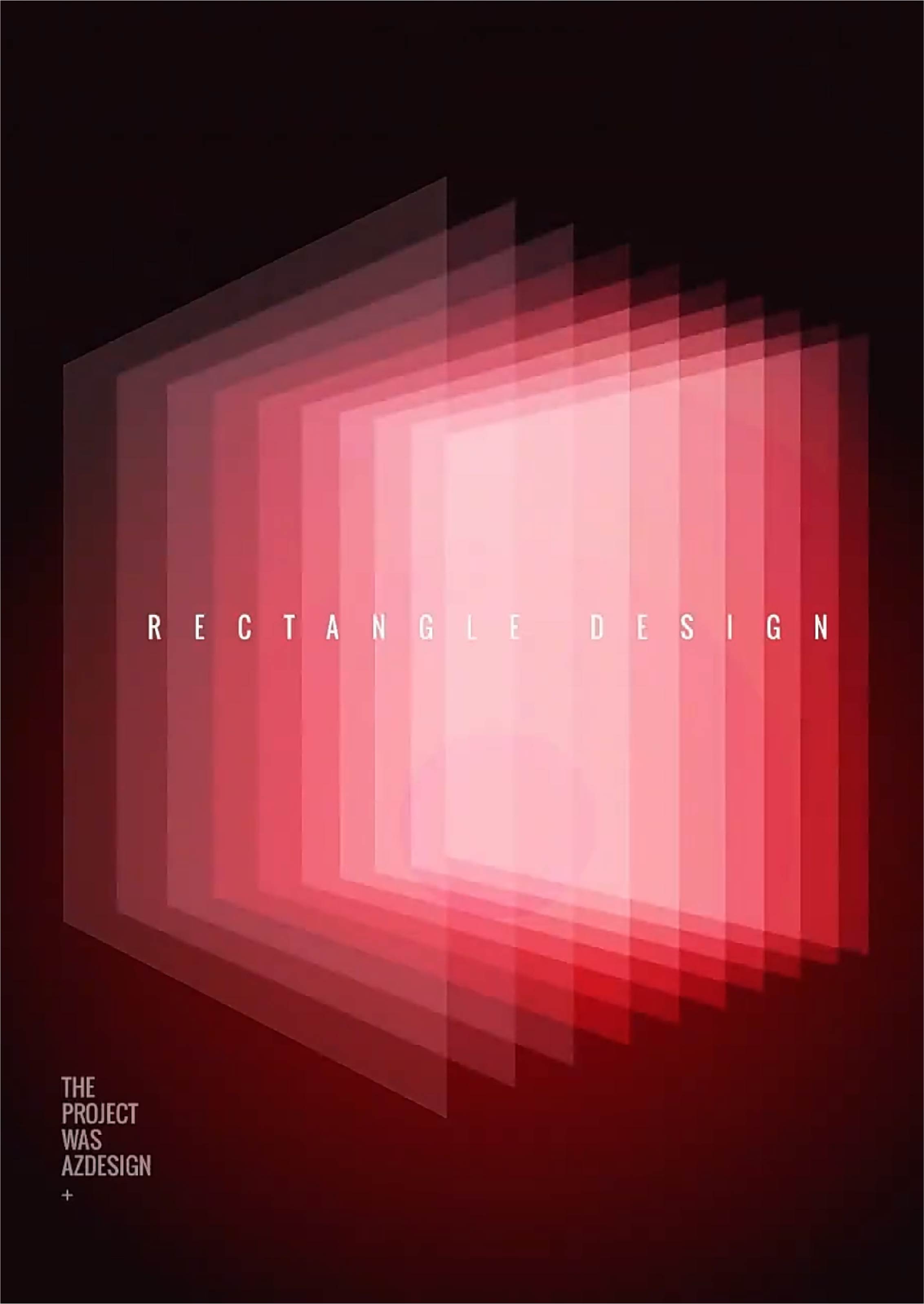

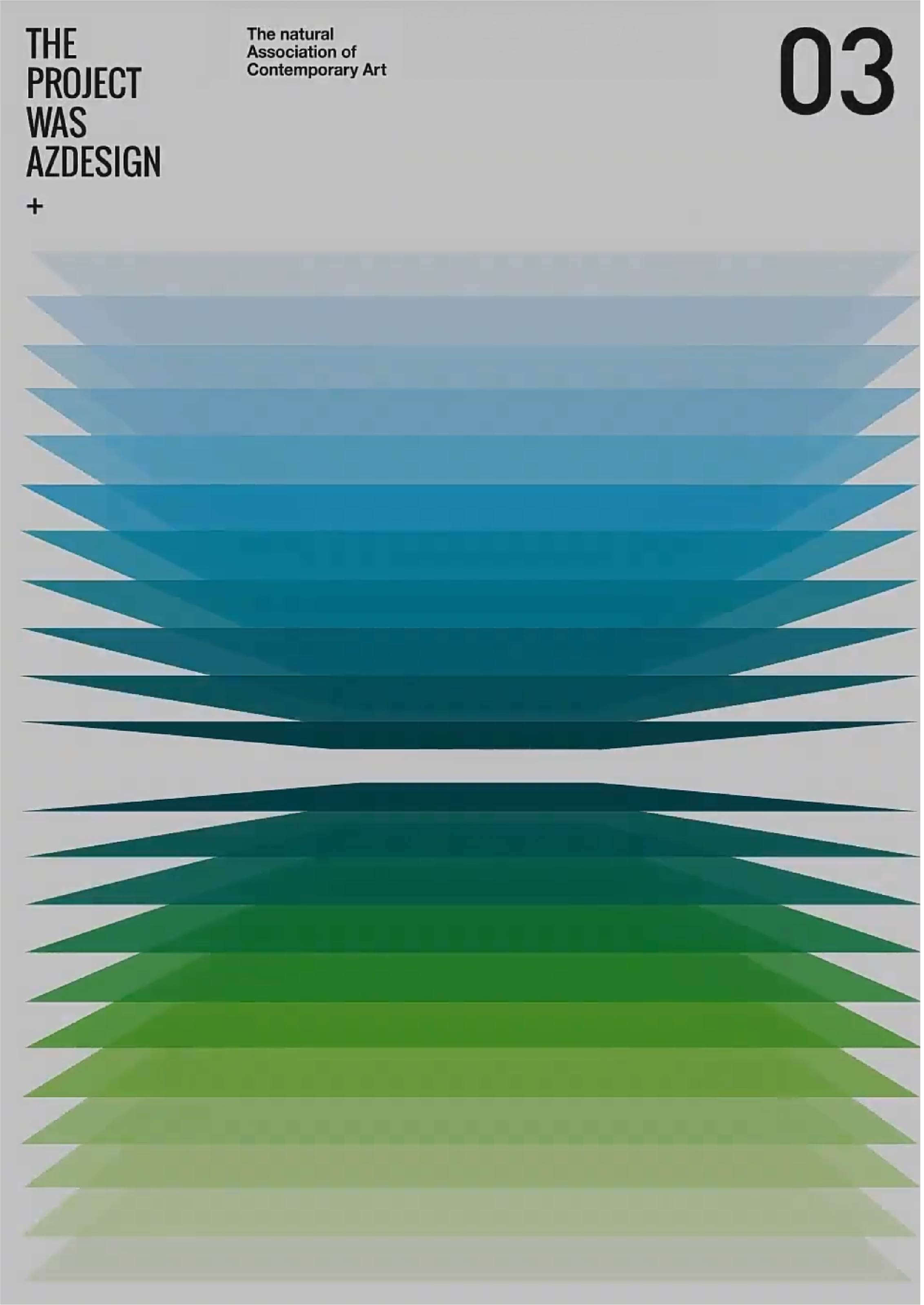



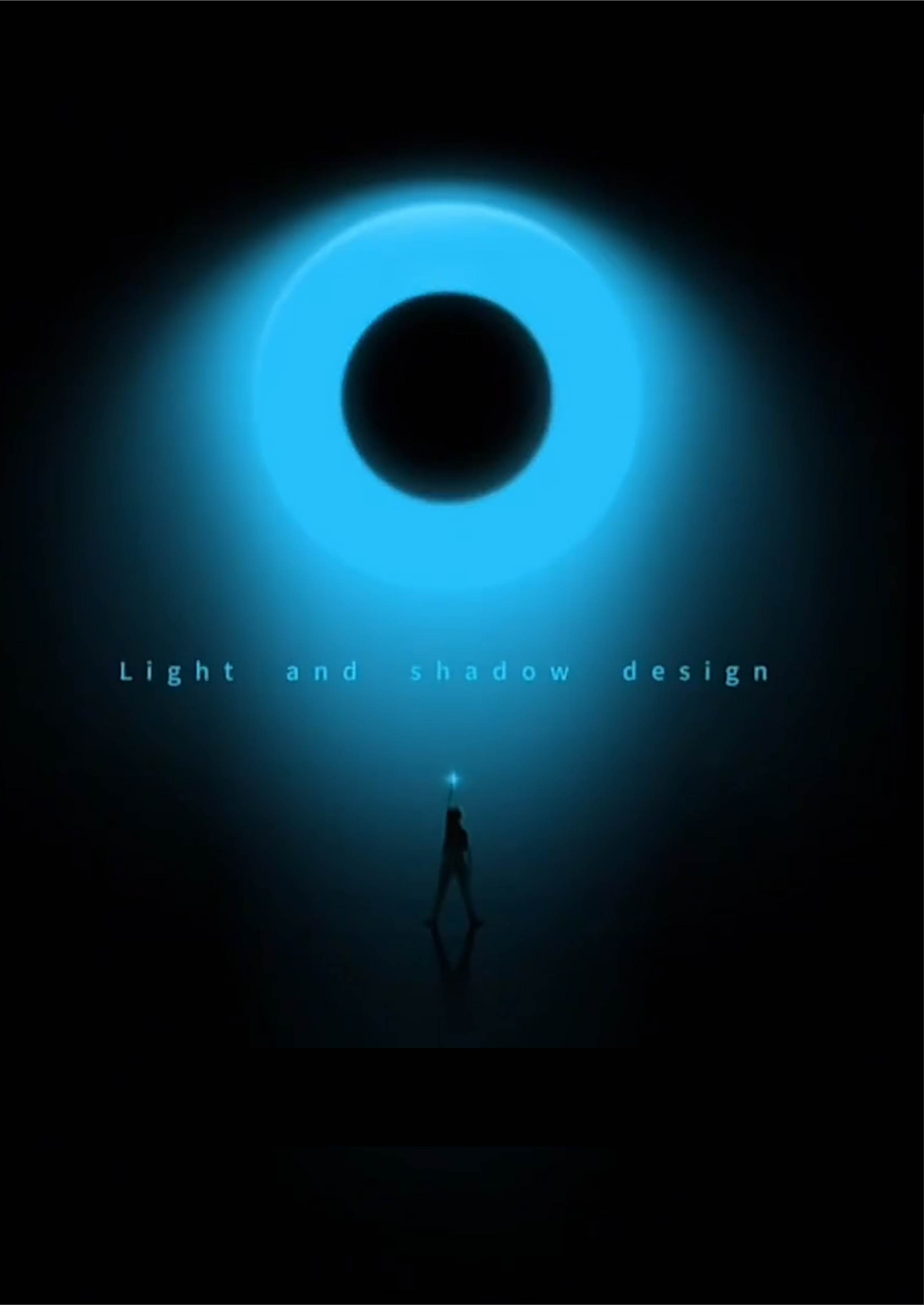
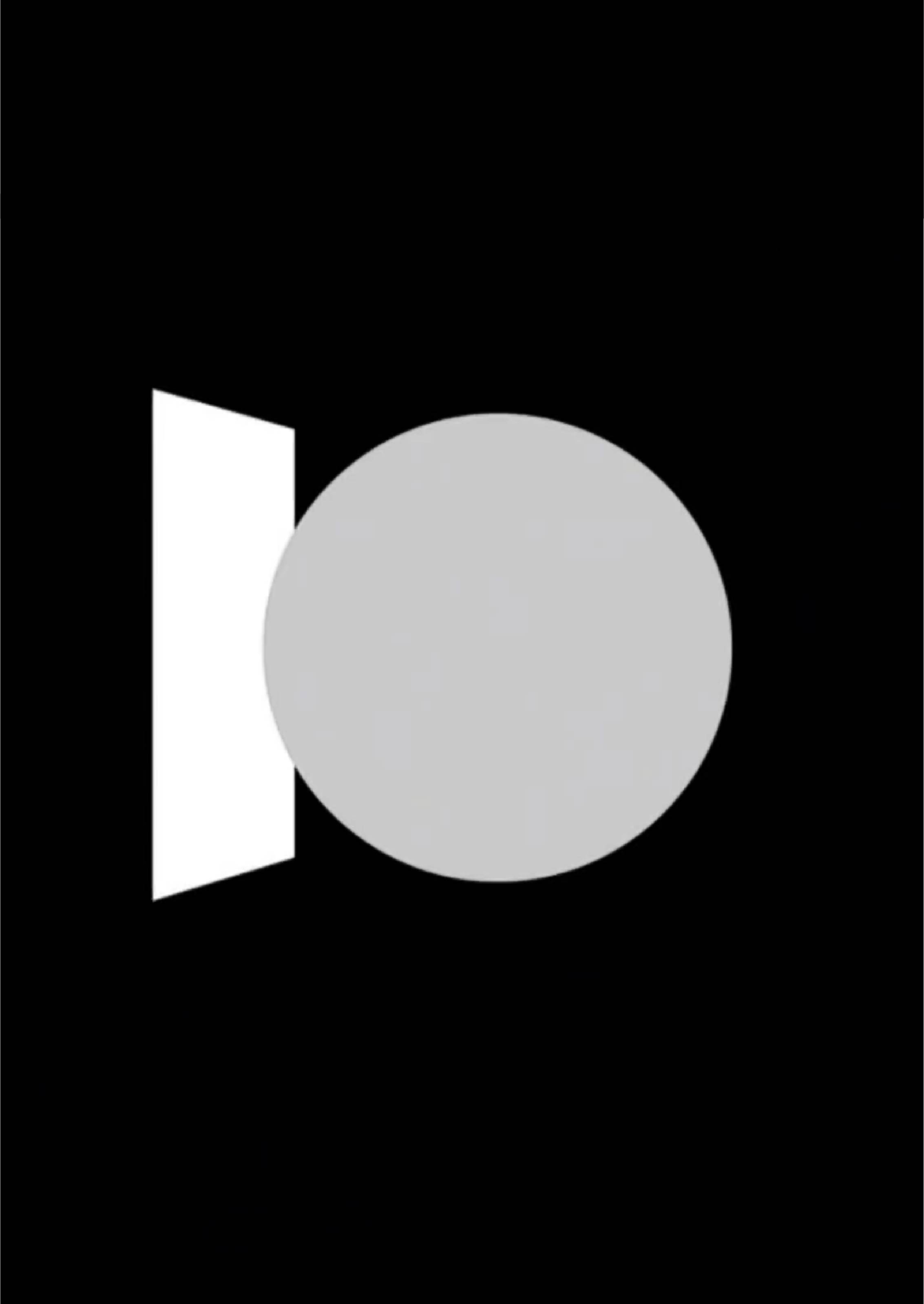
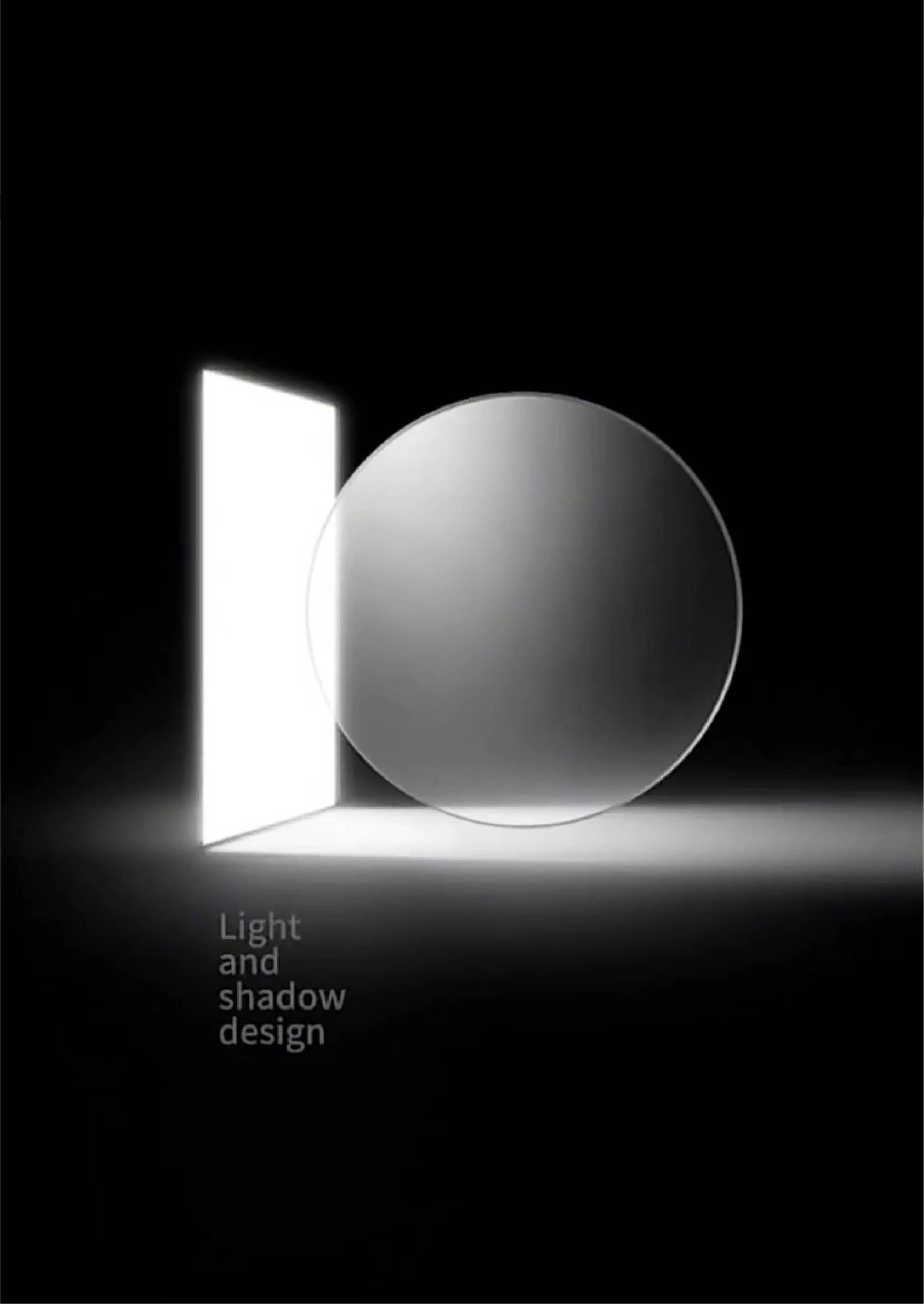






Let Objects Speak Through Light and Shadow.
Graphic design’s 2D play of light and shadow extends seamlessly into product and architectural design.
Light & shadow create depth, suggest levitation, and invite interaction. Through this dialogue of illumination and obscurity, objects begin to “speak” to the user, reshaping perception and evoking an emotional response.
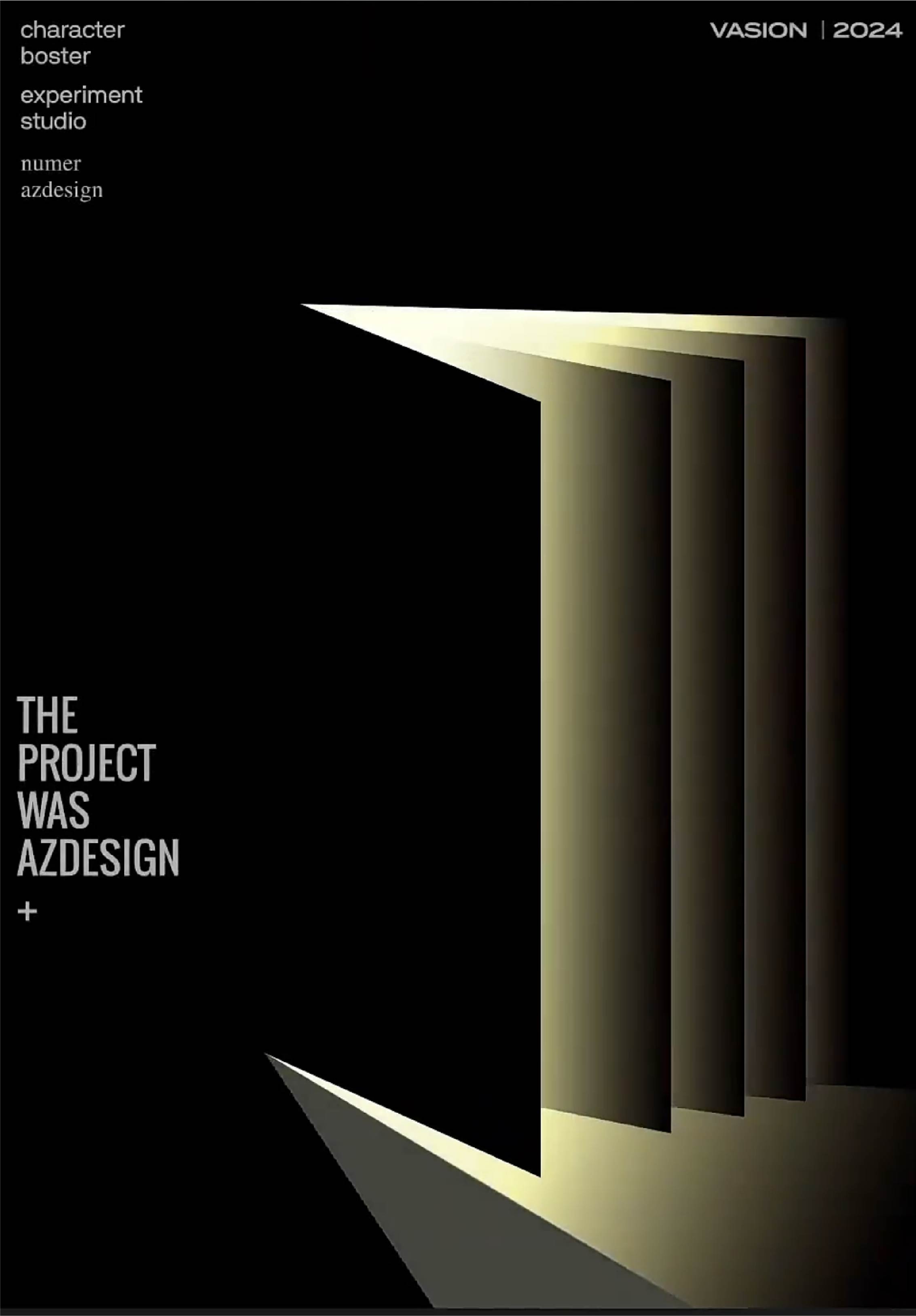
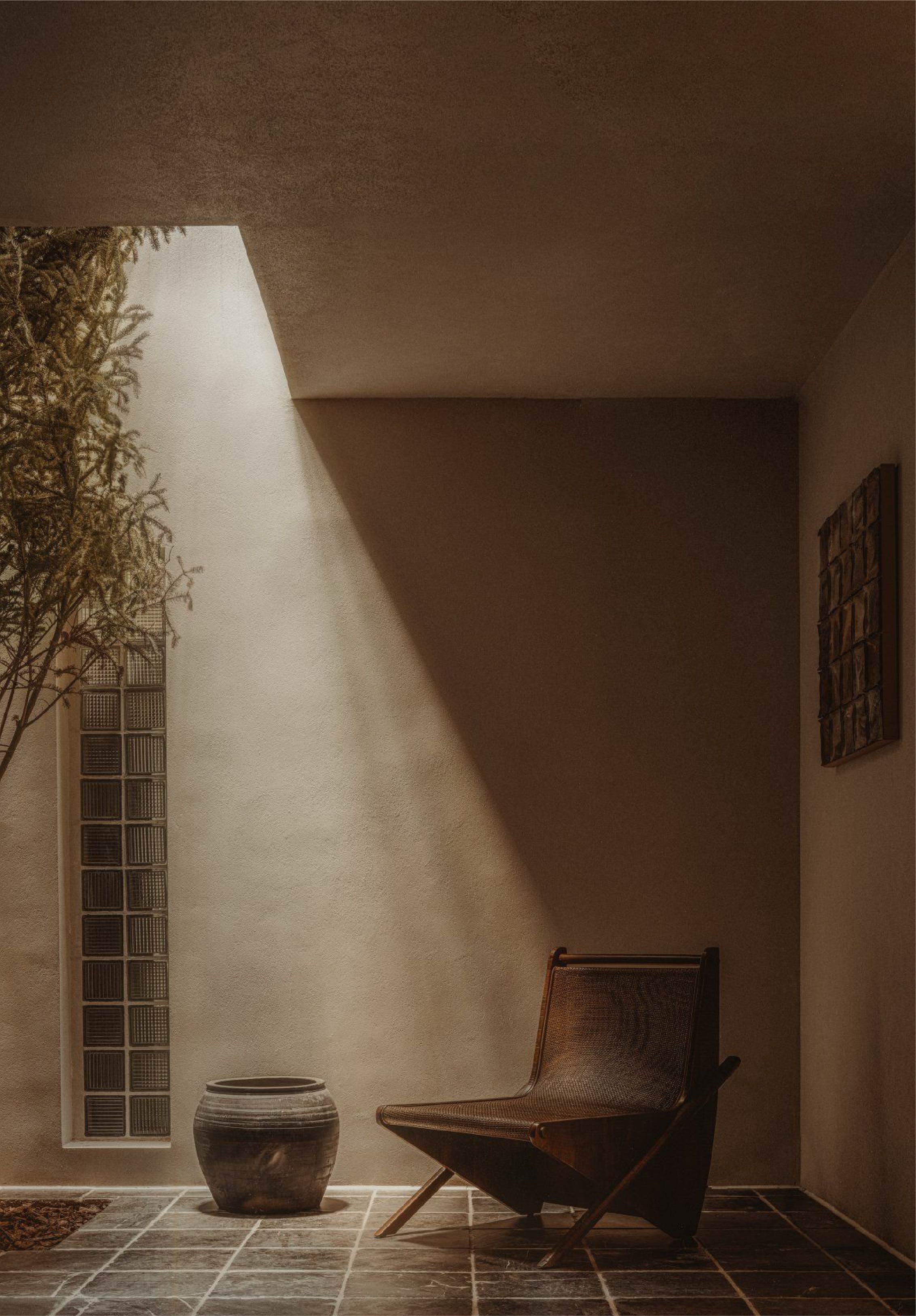

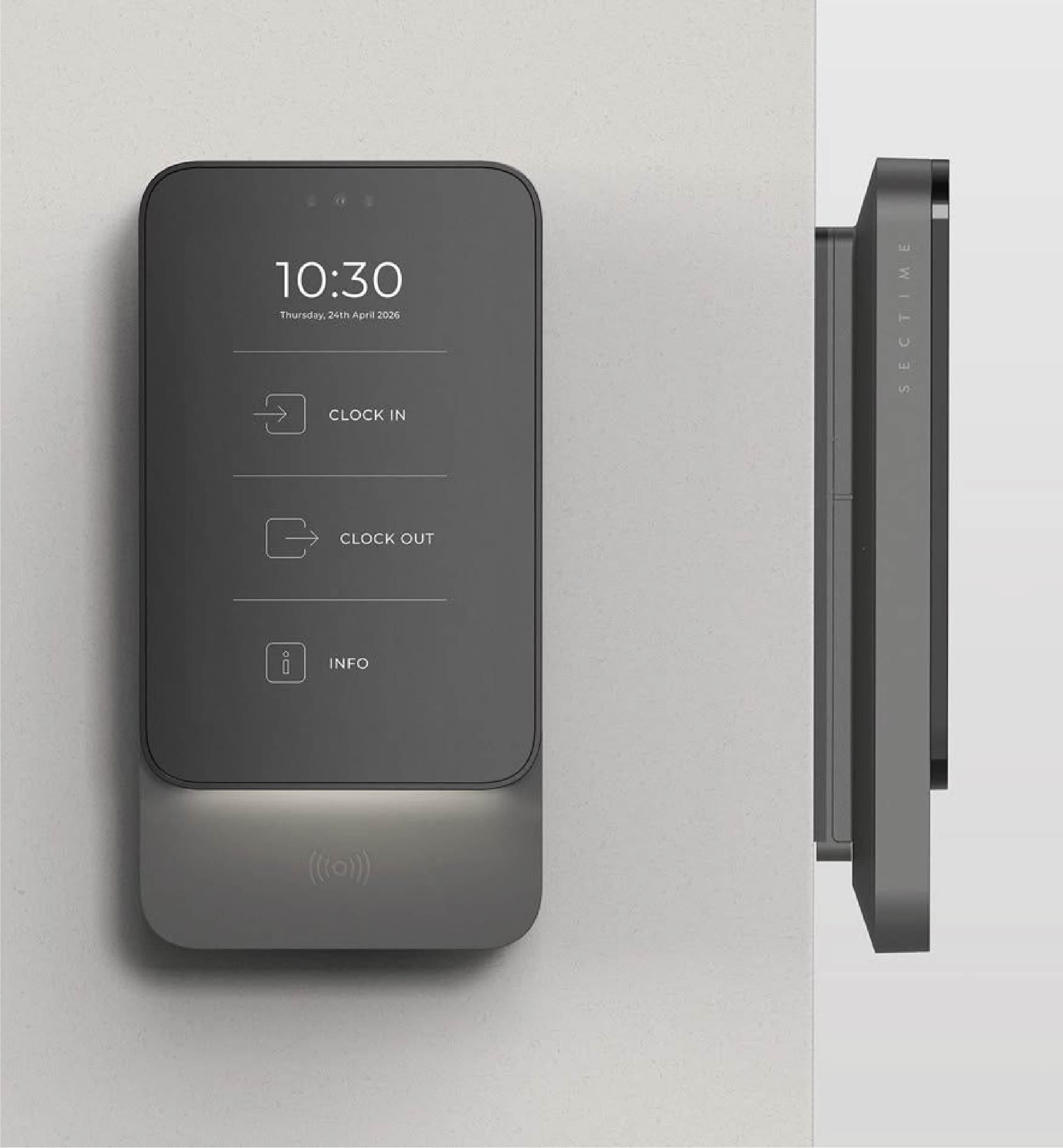
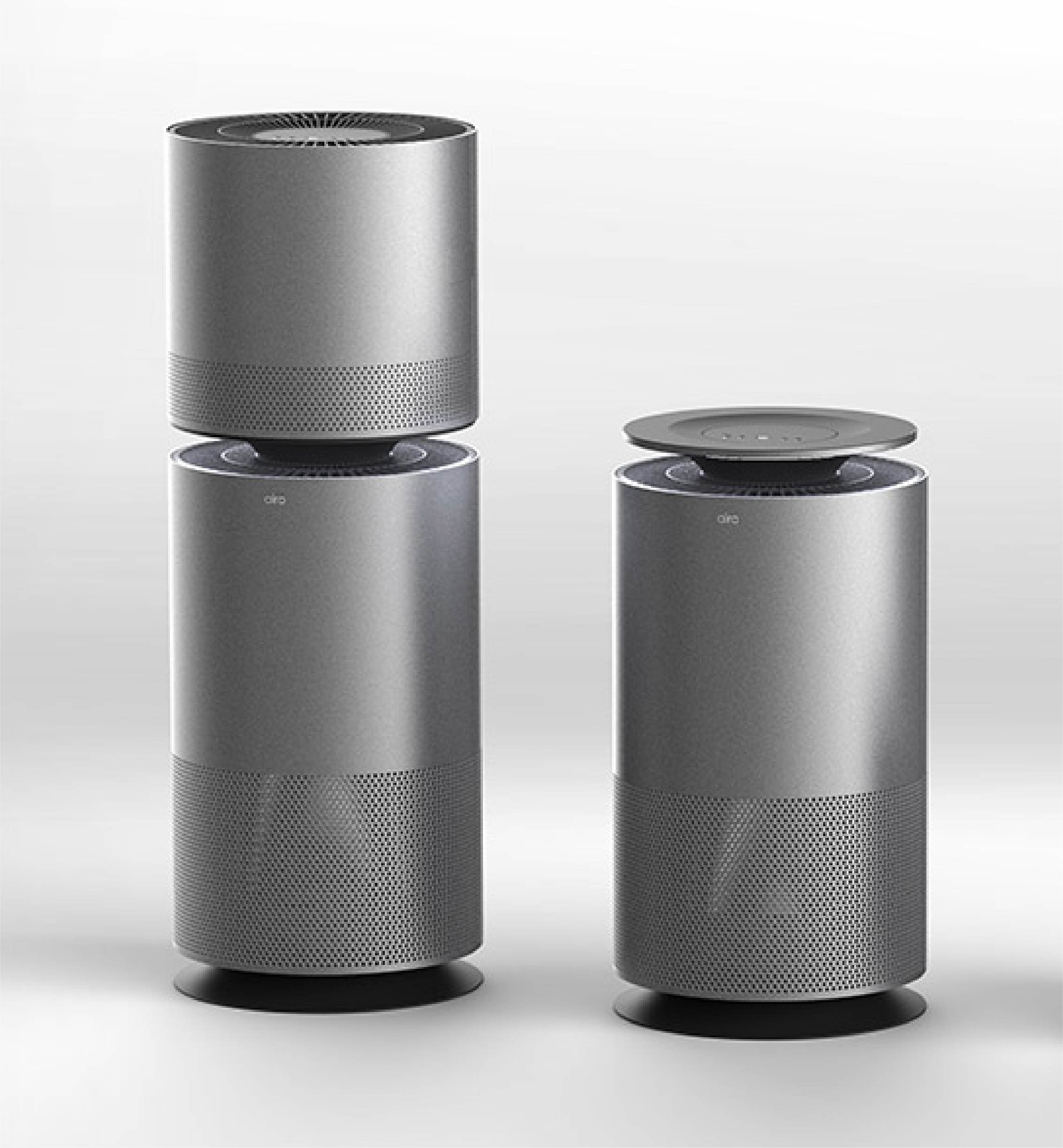
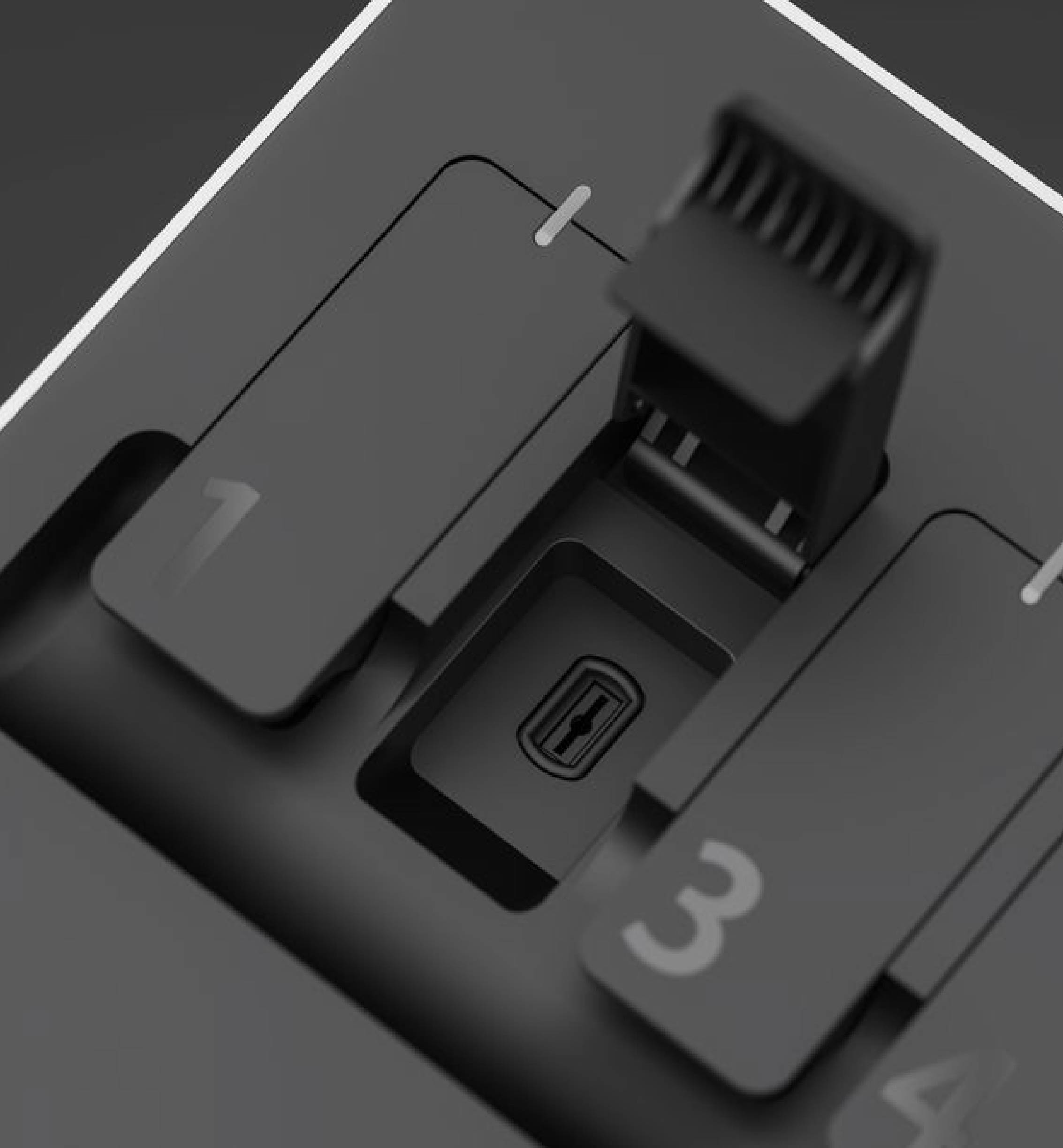
Design principles aren’t isolated — they stack.
Light and shadow give form and depth. By repeating that relationship, it create order and rhythm. Each layer applied reshapes perception.




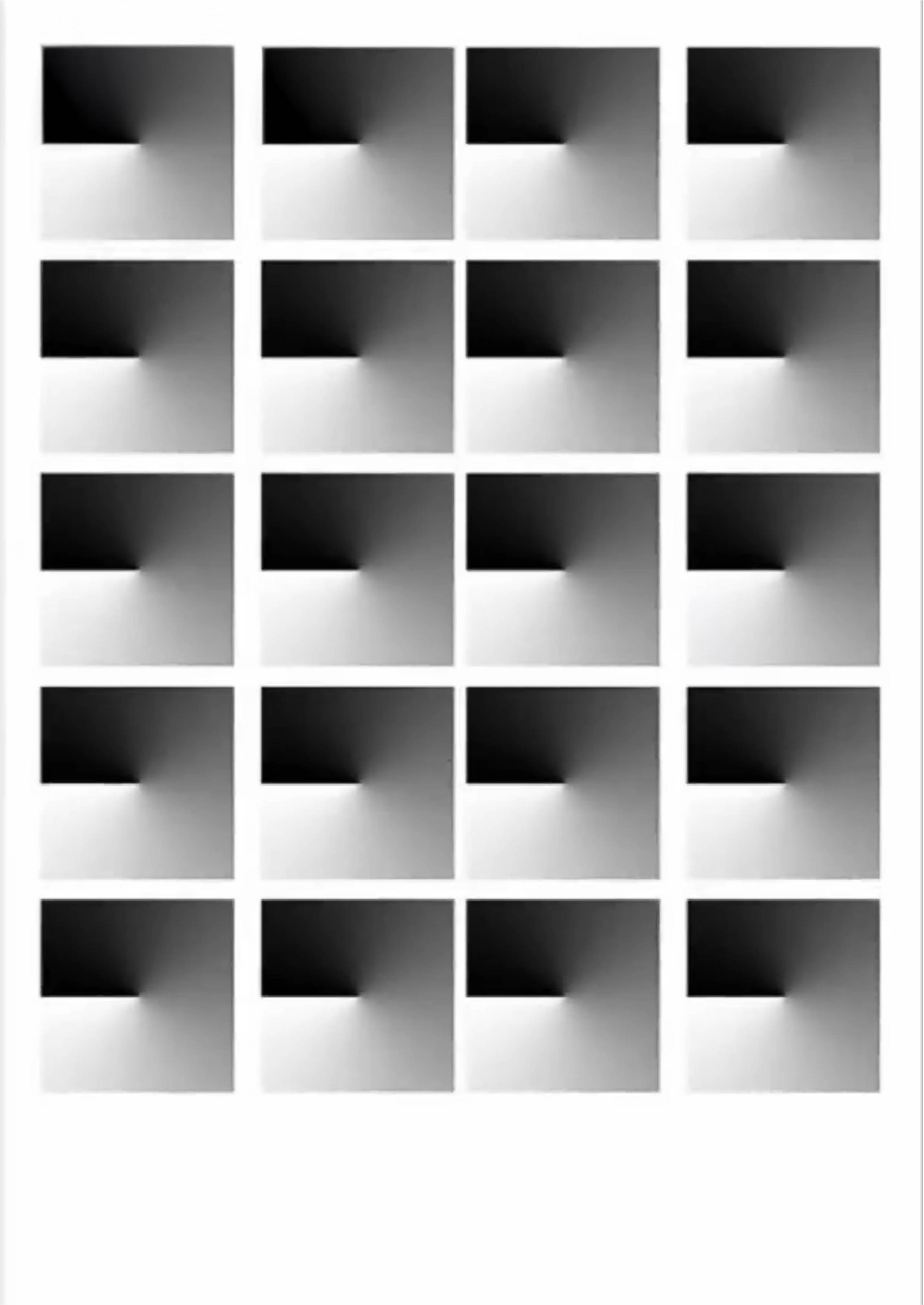
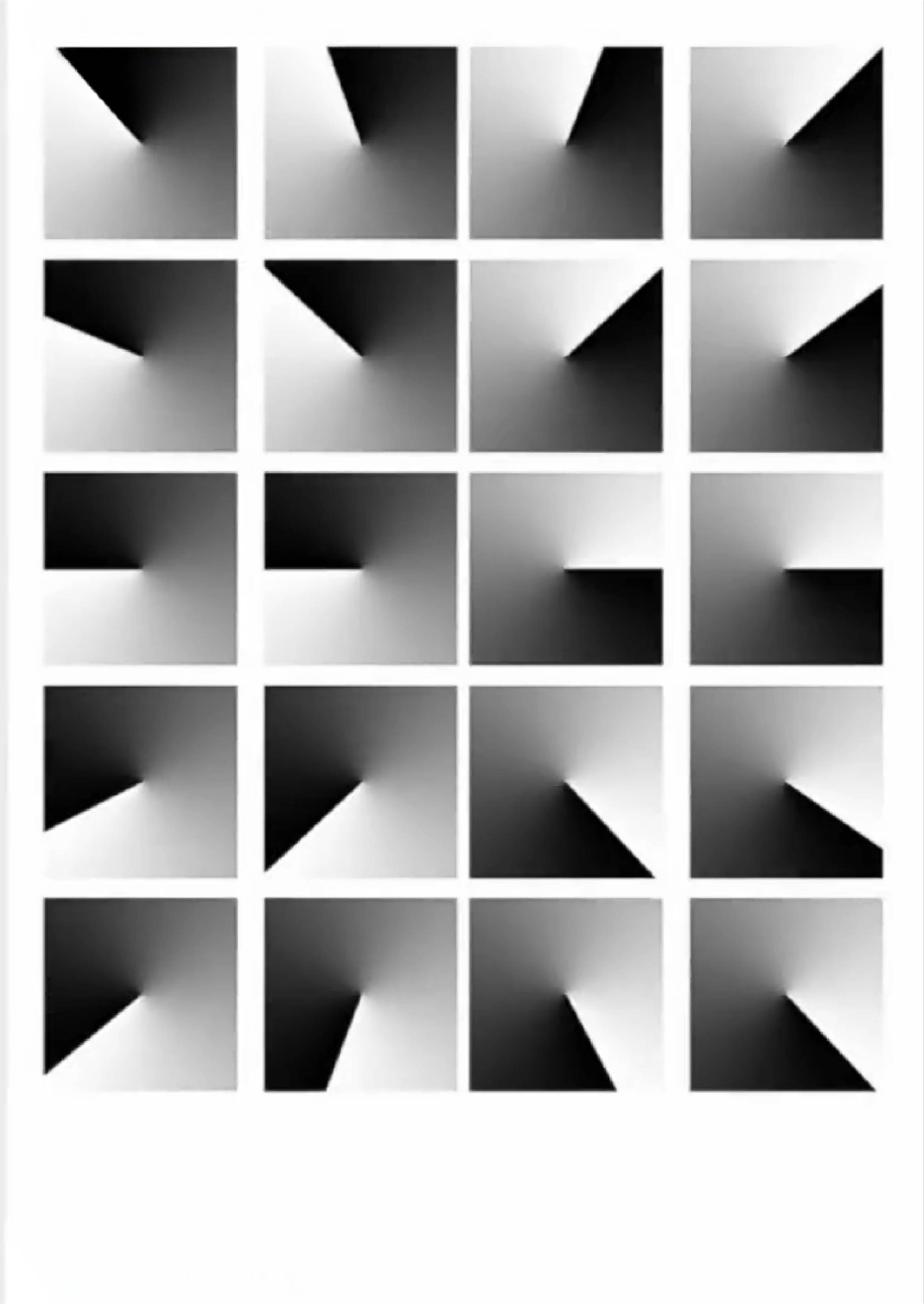

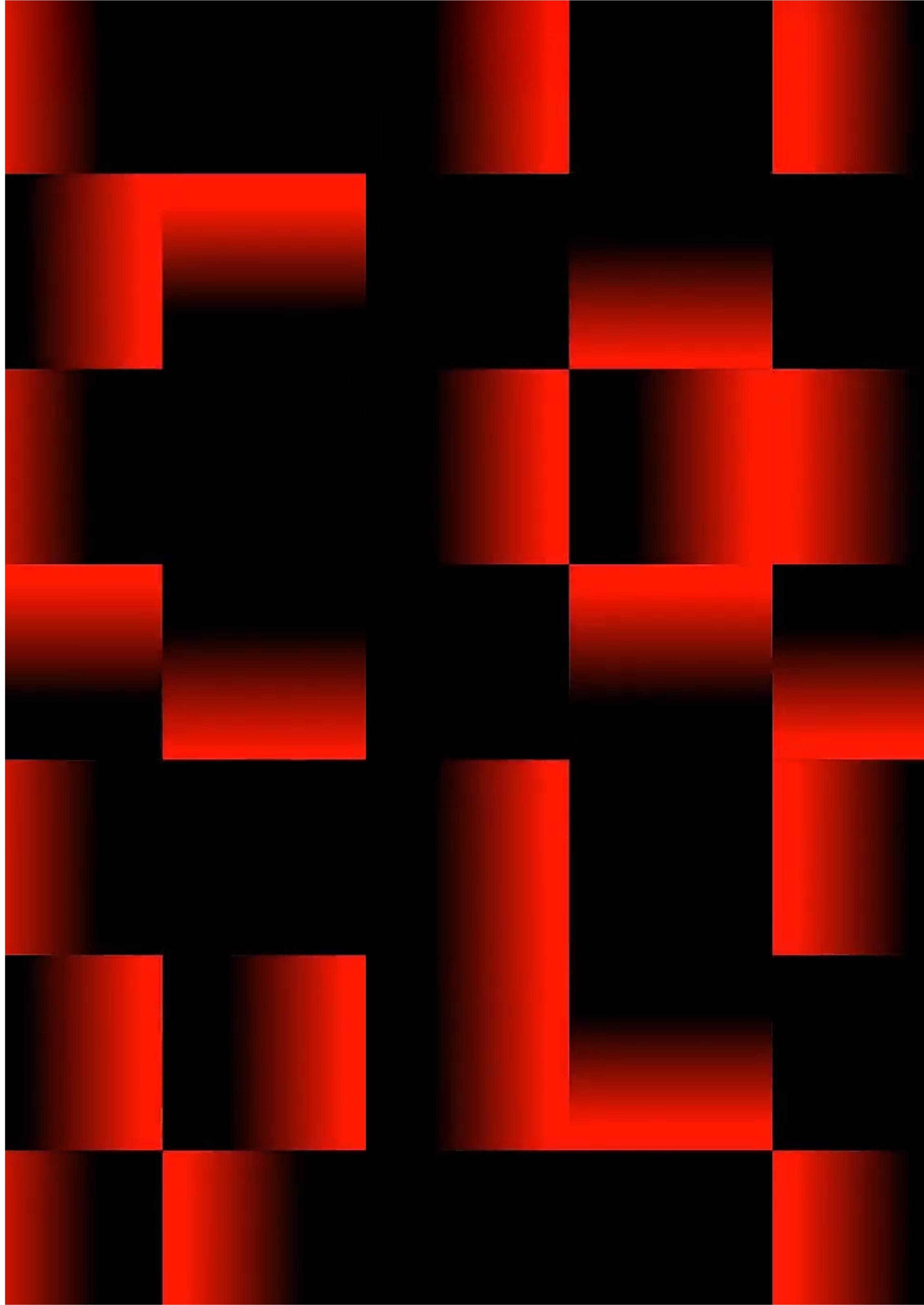
Developing Sensitivity in Design.
From left to right in these examples, train your eyes to notice and respond to subtle shifts—of light, shadow, proportion, and depth. Sensitivity means being attuned to how each choice shapes perception and emotion. This awareness is what elevates a design from function into experience.



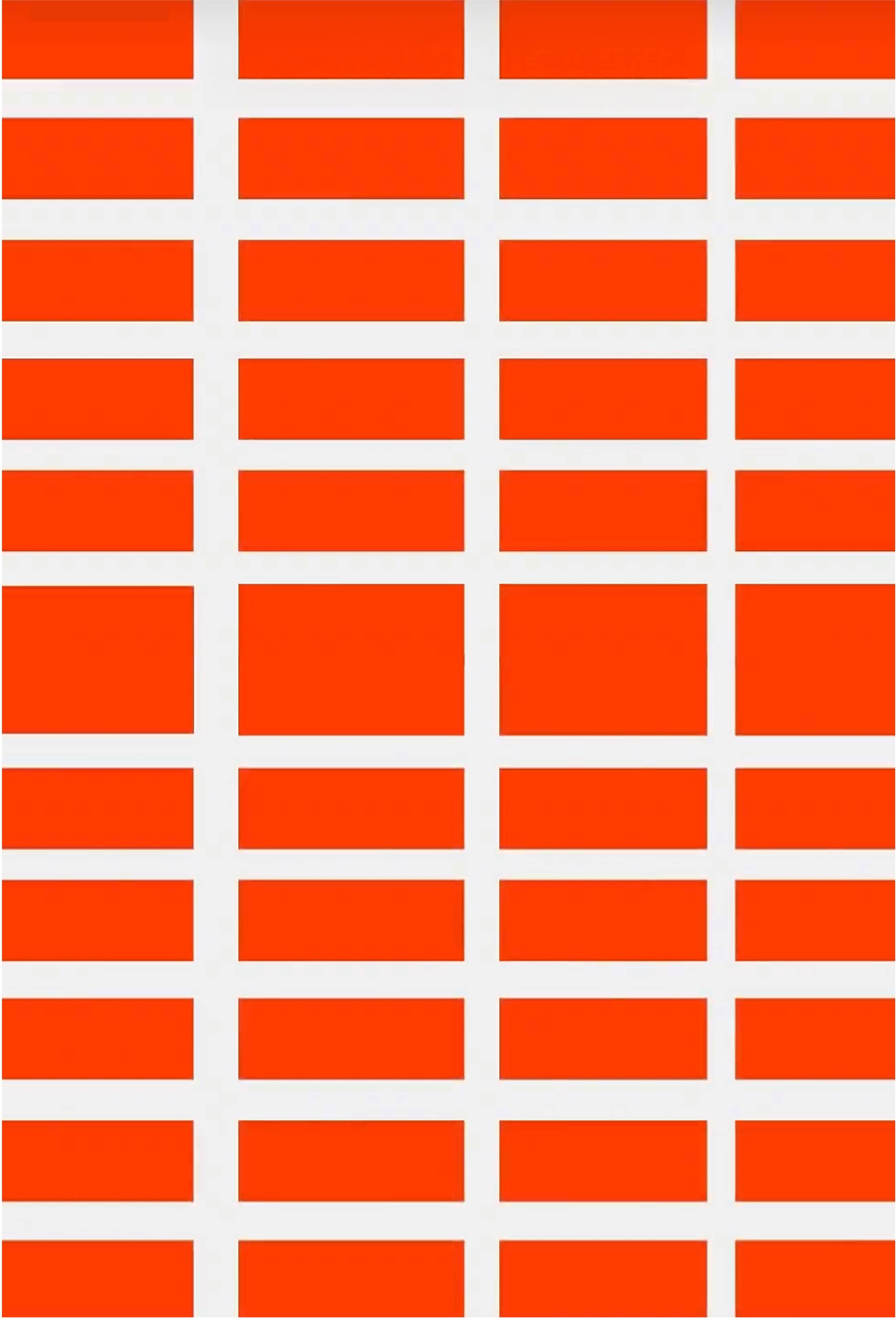
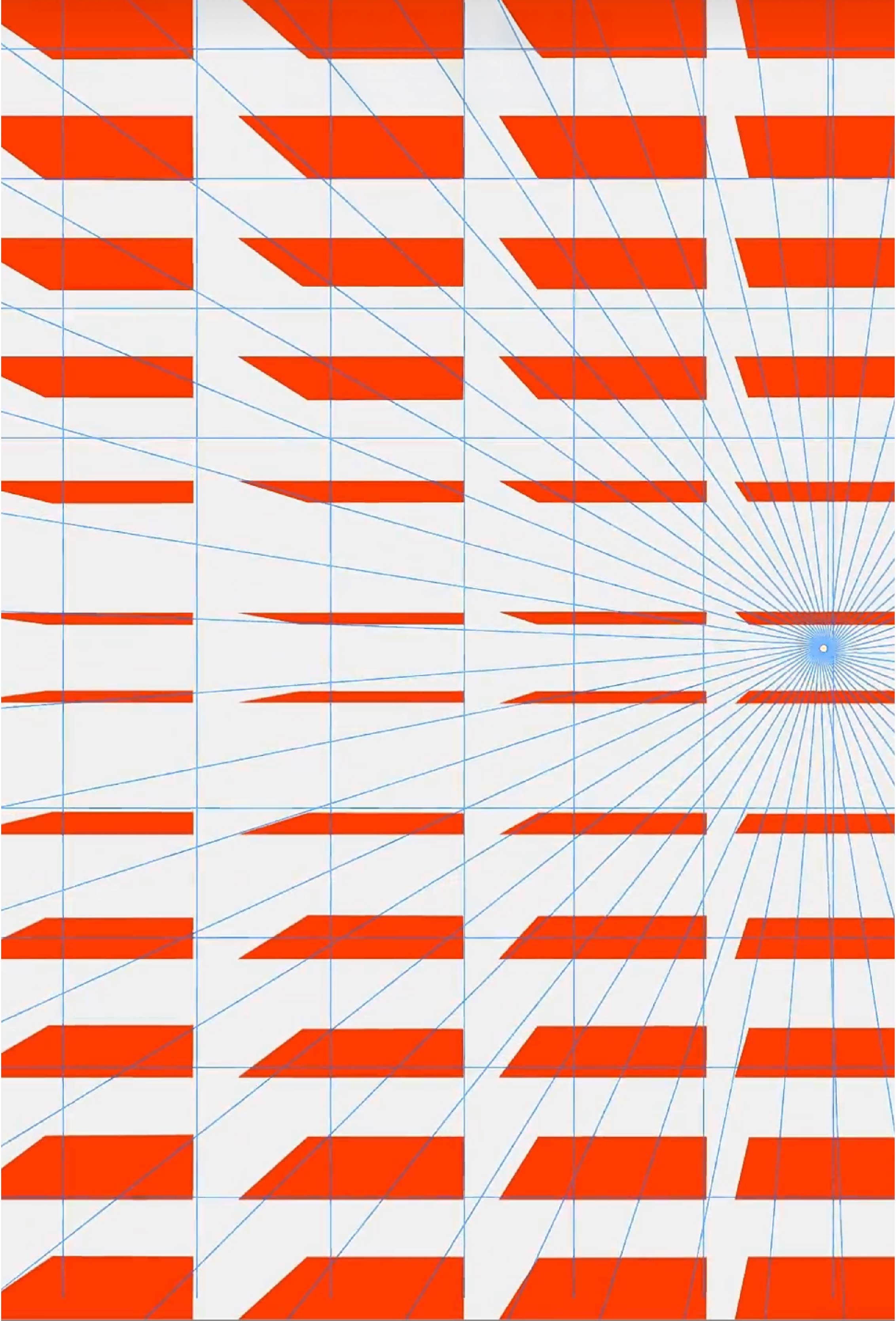
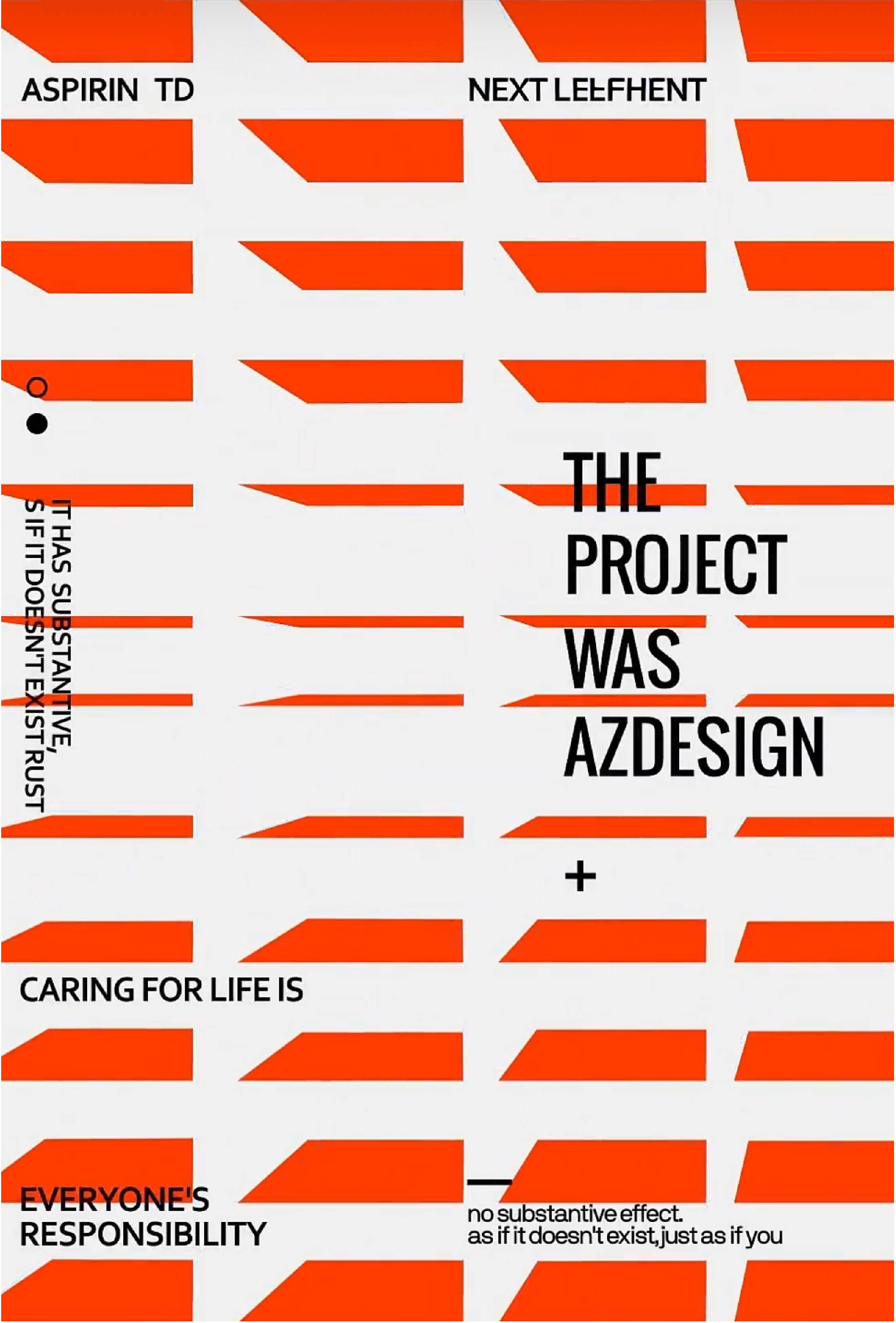






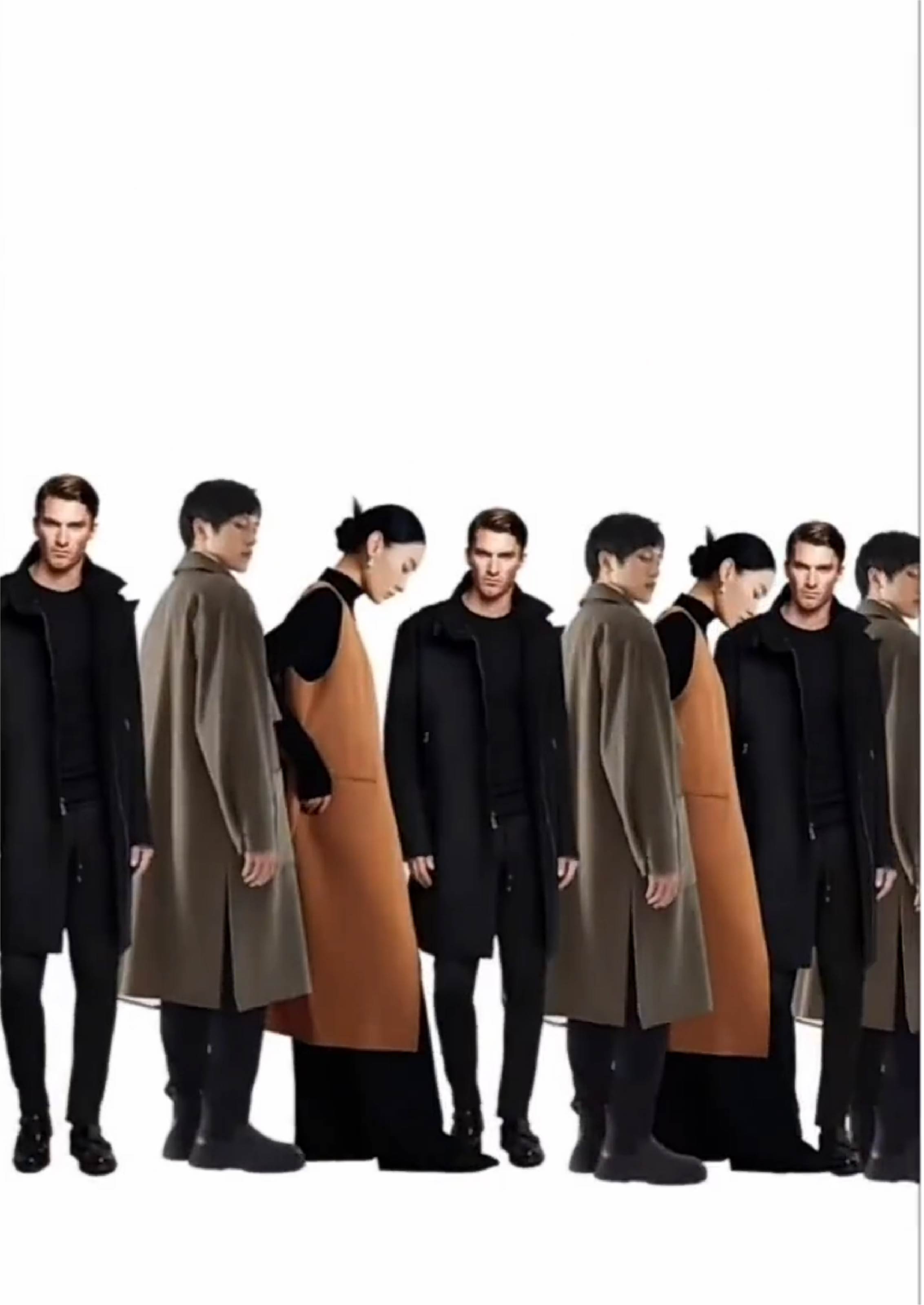
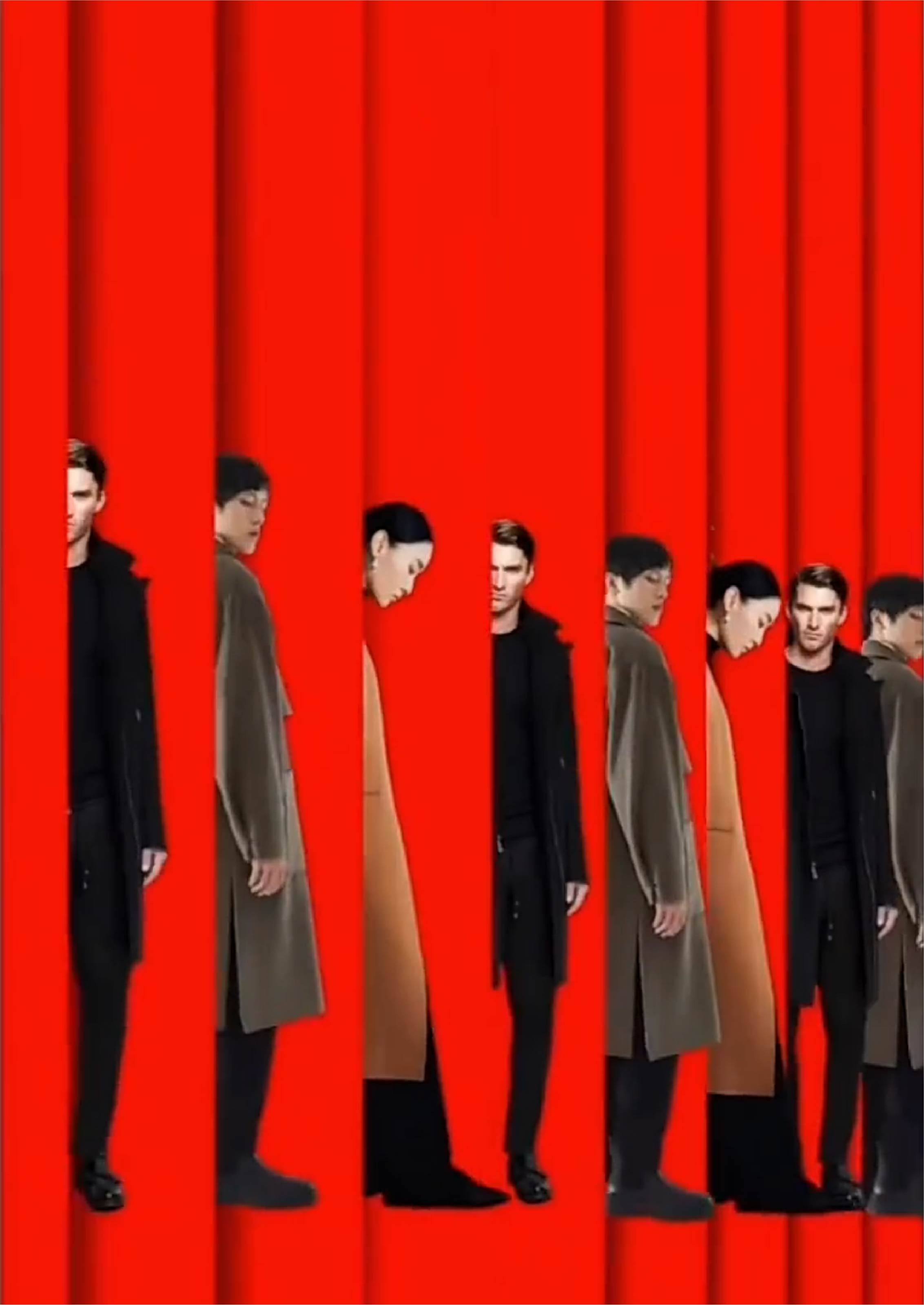

Read all five dropdown menus to understand the power of aesthetics.
How Literature and Art Can Support and Elevate Design Thinking